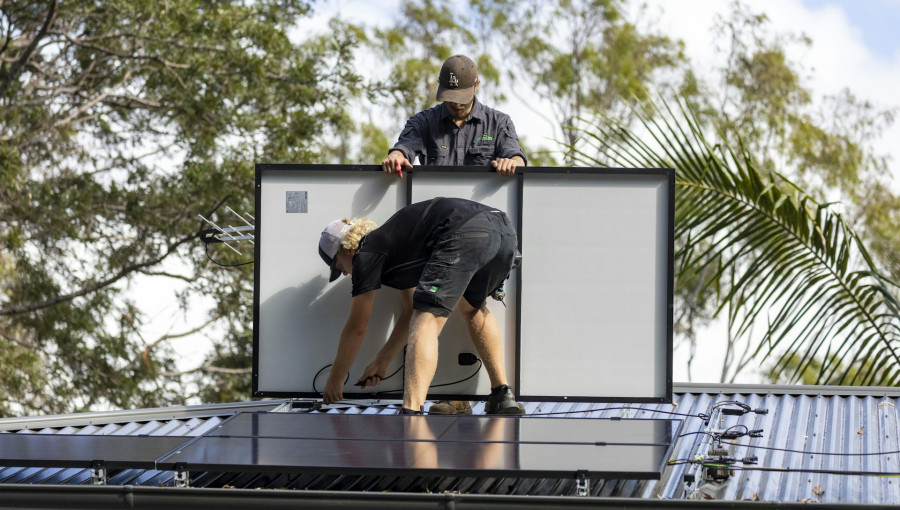Australia has a strong appreciation for rooftop solar energy, with nearly 4 million homes equipped with solar panels. However, affordability remains a significant barrier for many homeowners and renters looking to install solar systems. To tackle this issue and help the nation meet its renewable energy targets, experts from the University of Technology Sydney suggest a new “use it or lend it” program, which allows homeowners to rent their rooftops for solar panel installations managed by the government, potentially paving the way for wider access to solar power.
Despite the popularity of solar energy in Australia, skyrocketing housing costs prevent many from adopting this sustainable solution. A recent study focusing on the Sydney metropolitan area from 2013 to 2024 highlights how the decreasing prices of solar technology have coincided with rising electricity costs, motivating more homeowners to invest in solar energy. However, factors like high property prices and income levels continue to limit participation, even in a market with existing subsidies that reduce the cost of solar installations.
The urgency of the situation is underscored by the country’s climate goals, including a 43% reduction in greenhouse gas emissions by 2030 and net zero by 2050. With plans to achieve over 80% of electricity consumed from renewable sources by 2030, innovative strategies are essential. Current proposals from various organizations focus on mandatory solar installations for new buildings, but these measures may take time to yield results.
The suggested “use it or lend it” initiative would allow detached and semi-detached homeowners to offer roof space for government-led solar panel projects. Property owners would continue to own their homes while receiving compensation for the solar installations, appealing particularly to those unable to afford the upfront costs without sacrificing control over property ownership. This approach would facilitate greater equity in solar access by allowing solar-generated electricity to be directed toward low-income households and renters, who are often the least able to install their systems.
The program’s design includes safeguards to protect property owners from liability and ensure the structural integrity of roofs. Evaluations would be conducted by trained professionals to confirm each property’s suitability for solar energy solutions. As existing rebates phase out within five years, now is the critical time for implementing strategies like the “use it or lend it” program to ensure that solar energy becomes accessible to all Australians, regardless of economic status. Such transformative policies could provide a pathway for communities to harness solar benefits and contribute positively to the overall energy landscape.

